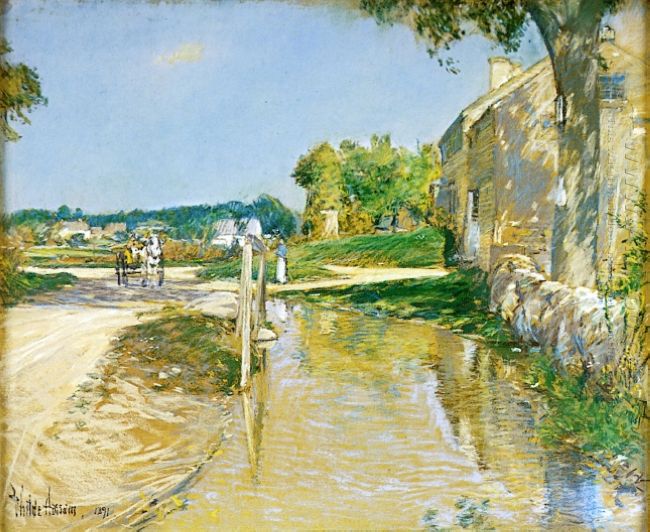The picture is constituted by stroke that is the most basic visual elements in it. No matter it emphasized the perfect composition of the picture itself, or the rich and delicate use in color, the picture should be presented through the painter’s brush traces. With the continuous improvement of language knowledge in painting, the use of stroke caused more attention and discussion. The mastery of strokes has also become an important indicator of whether the painter is mature or not.
The stroke has three main roles. The first is the texturing production. Strokes applied directly impact the effect of painting. The characteristics of pigment and diversity of tools and techniques determined the richness of painting stroke and strong expressive in depicting the texture of objects. The reproduction capability of stroke on the texture is an important characteristic, that’s why oil paintings become one of the most expressive forms in painting. The second function is presenting the painter’s idea and the theme of work. The ultimate aim of oil paintings is to express artist’s feels and thoughts, no matter they are figure painting or landscape painting, figurative or abstract painting.

In the process of creating, artist employed all elements that can be used to manifest his emotional characteristics to attain the goal of his creation, and strokes just have this capability. Different forms of strokes would bring different psychological feelings, such as circle gives a sense of full, while square gives a sense of stability. In addition, stroke is also the important symbol of the formation of artist’s personal style. From the relation between the characteristics of strokes and painting style, we could see master’s unique and distinct stroke, which formed their unique style of painting to some extent.